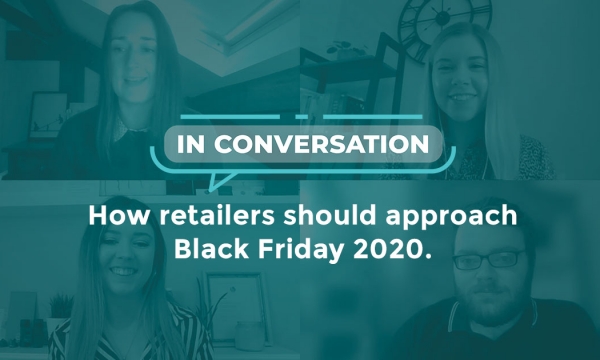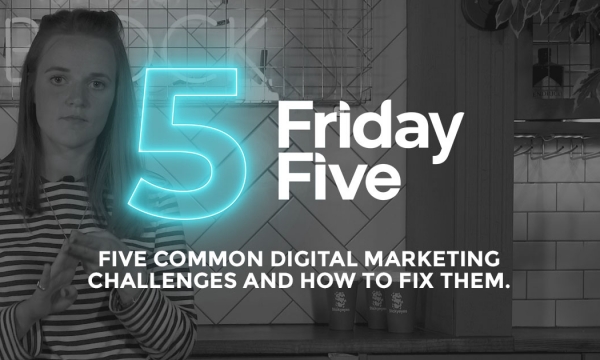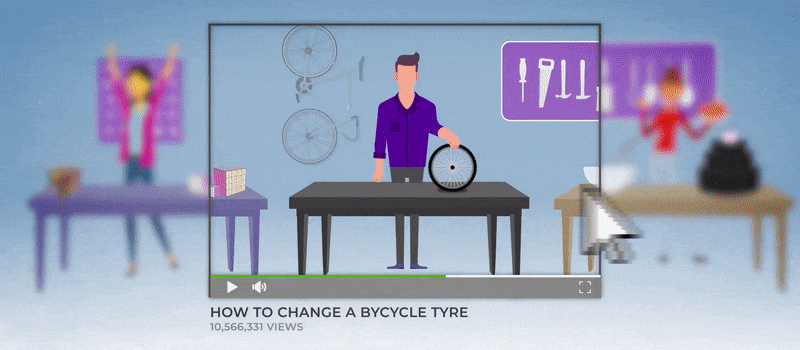
There’s an old script-writing proverb that says “show don’t tell”. It refers to the way you demonstrate a characters’ emotional state through their own dialogue, rather than third-hand narrative summary. It’s perhaps a proverb that explains why the “how to” video has risen to such prominence, and why some brands are investing heavily in creating an emotional connection with their audience through what was originally a relatively ‘amateur’ content medium.
Ever since the arrival of YouTube in 2005, it has largely been considered “the people’s” video broadcasting service. It grants everyone the ability (and arguably, the right) to create and post video content about absolutely anything that interests them – completely free. The usual rules of audience attention and retention are completely thrown out of the window – anyone with a story to tell could tell that story to anyone who cared to listen to it.
In many respects, it allowed YouTube to become something of a personal soapbox, giving rise to the “YouTuber” who go on to become their own personal brand, influencer and, in many cases, a celebrity in their own right.
The “how to” video was a prime medium for that. It allowed users to solve real-world challenges and address real-world needs, without having to pay for the expertise to do it for them.
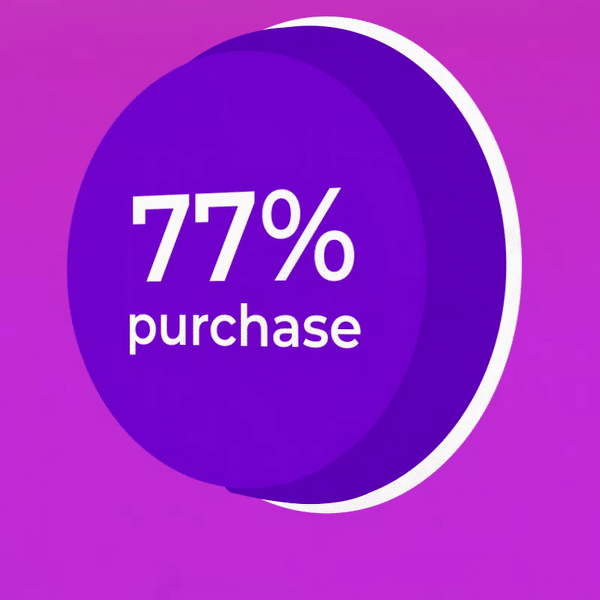
And audiences bought into it. Rather than any other video advertising platform, audiences saw YouTube as a place for “advice from a friend”. They saw it as authentic, believable, and trustworthy. It was real people, giving real information without any editorial, commercial or political agenda (at least, in most cases). Even ten years after its launch, YouTube remained a trusted source of information. Analysis by Wyzowl found that 74% of consumers who watched an explainer video to learn more about a product or service subsequently bought it, and 77% of consumers say they’ve been convinced to buy a product or service by watching a video. Google claims that 40% of YouTube users search for information on a product on YouTube before going on to buy it.

The changing Platform dynamic
YouTube’s goal has always been to keep viewers on the site for as long as possible, and it has always encouraged its creators to iterate and innovate with their content. It want’s creators to experiment, and have the confidence to try something new – it is what ultimately set YouTube apart from traditional broadcast mediums.
But as the popularity of the platform grew, as the barrier to entry on YouTube remained low, the copycats arrived and content quality fell. It forced Google to start tweaking with the search and referencing algorithms to help it better understand the quality and genuinely interesting content within its ever-increasing catalogue. These algorithms didn’t just organise the content, they were constantly and semantically recommending content based on the wants, needs and interests of the individual viewer, and in many cases the topic itself.
The Changing Audience
However, at the same time, we have seen audiences evolve their search habits.
Our searching (in general) has become much more specific, more conversational, and far more localised. We ask questions, we look for advice and we seek opinion – rather than ingesting complete subject matters – particularly on mobile where bandwidth, screen size and our time is all at a premium. Its become about getting the information when you need it, each time you need it.
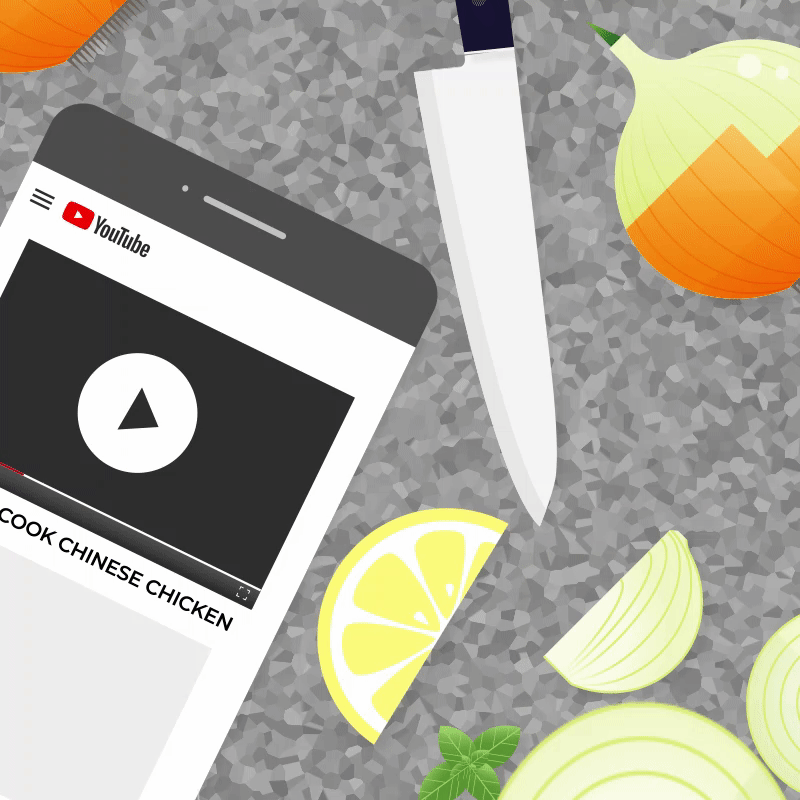
Learning has also become more specific, reference based, and not retained. Instead of understanding and absorbing these vocational snippets of knowledge, we repeat the search terms and use these videos to walk us through the task at the point of requirement. We no longer learn to cook Chinese food. Instead, we find, discover, recommend specific dishes we love and navigate to targeted content surrounding this subset of the cuisine, such as a step-by-step guide on how to create a specific Chinese dish, the accompanying wine for this meal or how to copy a dish - all at the point of need.
How the traditional “how to” video has evolved
These changing user dynamics have created an issue for content creators. As YouTube has changed its algorithms to respond to this user behaviour, and these algorithms are demanding more and more regularity to the content that publishers and brands produce. It had led to some of the smaller creators experiencing so-called “creator burnout”, where they are struggling to create enough content to fuel YouTube’s demands.
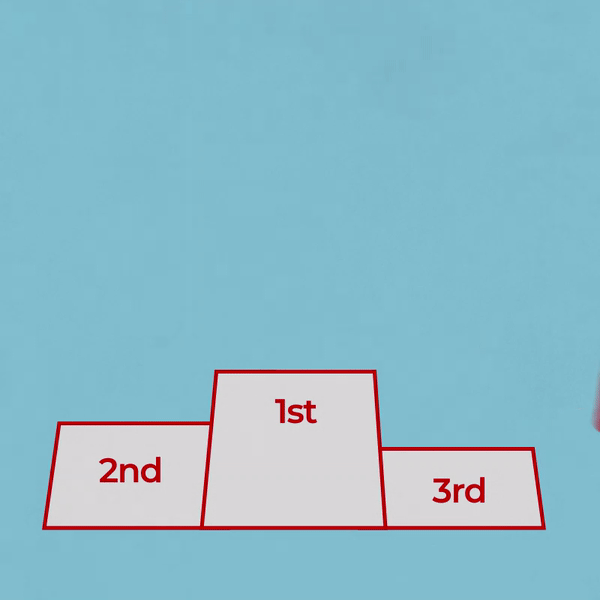
Add into this the sheer level of competition that now surrounds many of the keywords and topics that brands target, and has seen many creators struggle to reach their intended audiences.
But to counter this, many brands have recognised that they can personalise their content on a very granular level and that, by taking a much more episodic approach to video content, they can reach those audiences on a much more qualified level. By looking at the specific long-tail search terms that consumers are increasingly turning to, brands can tailor their content ideas and assets to specific keyword terms.
So for example, a viewer searching for drawing tutorials may have originally asked “how to draw”. But these searches have now become much more granular, as the user tries to discover content that is much more personal to them. So they may instead ask:
- How to draw faces?
This search may then become:
- How to draw anime faces?
And derivatives of that term may follow:
- How to draw basic anime faces?
- How to draw the anime face shape?
- How to draw anime faces step by step?
- How to draw anime faces side view?
- How to draw angry anime faces?
- How to draw profile anime faces?
- How to draw crying anime faces?
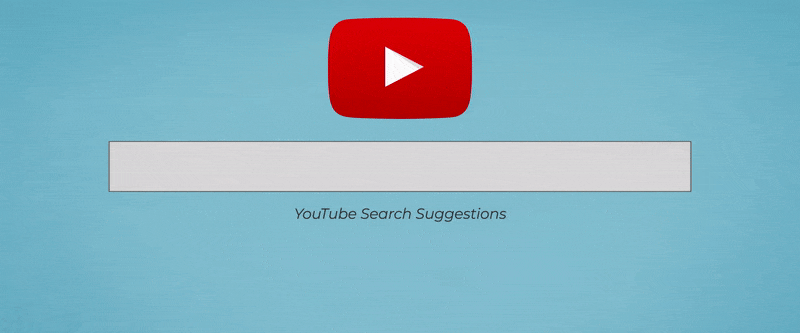
The viewers and YouTube are filtering the content down to specific terminology immediately, and this sounds great at first (if you only ever want to draw faces in the anime style), but what about the limitations of this approach? What happens when, for example, things don’t always go to plan?
So you might want to search for a video on how to draw anime faces, but what about putting that face in a scene? You might want instructions on cooking egg fried rice, but what do you do if it tastes slightly off?
This form of reference and ‘specificity education’ is great for vocational and experimental “how to” content creation, the diarising of experience and experimentation. However, as when viewers start to use this form of content to inform their actions beyond pure entertainment value alone, things can go array.
When this content goes slightly wrong, needs expanding beyond the known parameters, or does not educate you in the foundation of the associated field, the viewer is left without the knowledge base to resolve, or refine their situation. “Experts” categorised through engagement, production value, or channel authority is a dangerous precedence – thrusting users into the spotlight without adequate experience, authority or foundation to back up their actions.
Google’s updated E-A-T principles do go some way to addressing that issue, but it becomes harder on video and episodic content for Google to address how far a piece of content goes in going beyond the “instant gratification” of addressing a user’s query.
Brands need to ensure their content strategy covers the broad and specific search terminologies linking these viewing journeys with episodic, related, and linked additional content, and ensure new content supports and supplements these content themes.

